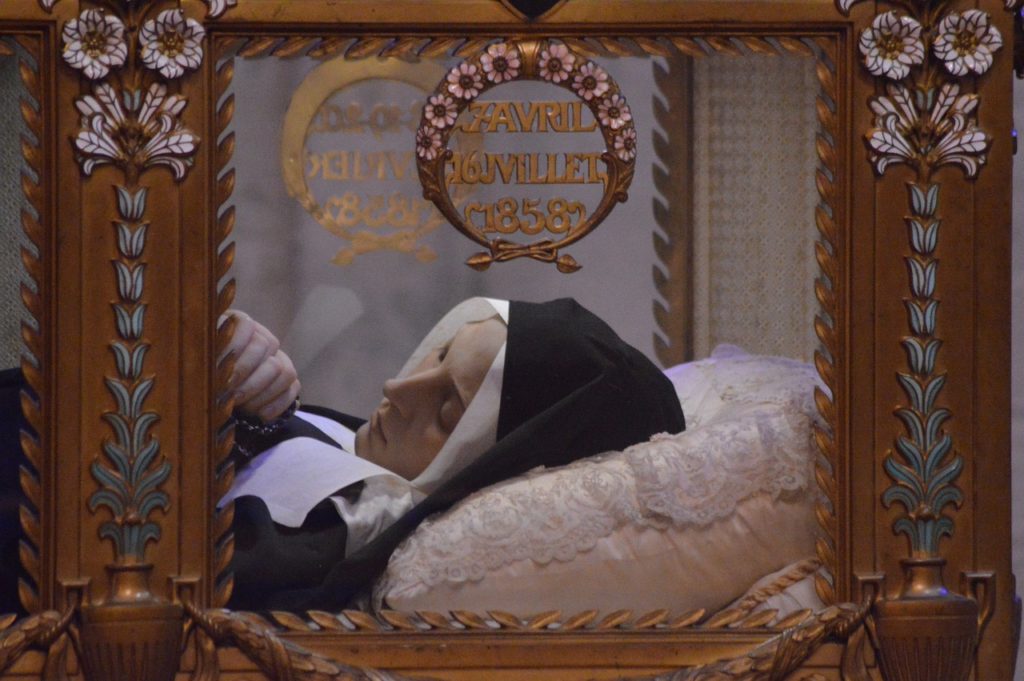
CJS.Org Introductory Remarks:
Here we continue with the tenth and final chapter of our account taken from Bernard St John’s magnificent out-of-print 1904 book, The Blessed Virgin in the Nineteenth Century: Apparitions, Revelations, Graces.
That book is serialised at this site in ten parts, which you can easily navigate by clicking on this table of contents:
- Part I: The First Apparitions
- Part II: The Spring of Miracles is Discovered
- Part III: “Tell the Priests that a Chapel Must be Built …”
- Part IV: “I Wish People to Come Here in Procession.”
- Part V: The Miracles of Cures and Healing Begin …
- Part VI: She Said in a Voice that Trembled a Little: “I am the Immaculate Conception.”
- Part VII: The Miracle of the Lighted Candle
- Part VIII: The Last Apparition
- Part IX: After the Apparitions
- Part X: The Later Years
In this tenth part, we conclude our series with some final information regarding both the fate of Lourdes and the fate of St. Bernadette.
For as we saw in the last part, the two became separated: St. Bernadette left Lourdes —never to return—to join a convent in Nevers, where her relics are found to this day (pictured above).
Meanwhile, Lourdes continued to develop after her departure, as the miraculous cures increased as huge numbers of pilgrims began to descend on Lourdes.
Here then, some last reports from Bernard St John concerning later developments both in Lourdes and Nevers – RB.
From Bernard St John:
In the [period around Saint Bernadette’s departure], the nucleus of modern Lourdes had been forming. The doctrinal decision of the Bishop of Tarbes had had an immense effect on the Catholic world.
The affluence from all parts to the little Pyrenean town continued to increase.
The year 1864 saw the first public manifestation in honour of the Apparitions in which the Church took part.
An imposing procession, composed of the people of Lourdes and of four hundred surpliced priests with the bishop at their head, made its way through the town to the Grotto of Massabiello, and there, amid the religious rejoicings of the multitude, a statue of the Blessed Virgin was placed in the niche of the rock which Bernadette had seen illumined eighteen times as with a light not of earth.
Thus was the first step taken in the realization of the words of the Lourdes message: “I wish people to come here in procession.”
The chapel also asked for in this same Lourdes message was already growing to the proportions of a stately church.
The workman to the fore in the plan of its erection was the stalwart priest who had at first been Bernadette’s severe catechist, and who afterwards became her staunch friend and protector.
We allude, of course, to Abbé Peyramale. It was with mingled feelings of pride and love that the Curé of Lourdes watched the edifice rise in its tapering Gothic beauty.
Shortly before, the crypt had been consecrated and opened to public worship.
By 1870 changes had taken place around. The waters of the Gave had been driven back, the spot was in charge of missionaries of the Immaculate Conception, and, in short, Massabiello was beginning to wear something of its aspect of today.
During the previous ten years the stream of Cures, regarded as miraculous, had continued and widened.
The cure of Henri Lasserre, historian of the Lourdes Apparitions, belongs to this period.
The eye affection from which M. Lasserre was suffering was a hyperenne or congestion of the pupil.
He had been under treatment by the two most eminent oculists of the day Doctors Demarres and Giraud-Toulon both of whom had discovered in his case a lesion of the retina.
Notwithstanding all that science could do, his sight became worse, and blindness at no distant date was feared.
A perfect and instantaneous cure of M. Lasserre’s eyes was effected by a single application of Lourdes water, this application being made, not at Lourdes, but in Paris.
The curious side of the case was that M. Lasserre had been induced by his Protestant friend, M. de Freycinet, to have recourse to the water of Massabiello.
With the beginning of the next ten years a fresh era was to commence at Lourdes.
The extraordinary impulse which the pilgrimage movement in France received from events immediately after the Franco-German war was to find its fullest expression at Lourdes.
The year 1873, which saw upwards of 3,000,000 pilgrims at different French shrines, saw 250,000 at Lourdes alone.
It may be safely said that Europe had seen nothing similar to this religious movement since the time of the Crusades.
In this same remarkable year of 1873 the Augustinians of the Assumption who, the year before at La Salette, had been instrumental in forming the Pilgrimage Committee, launched into being the National Pilgrimage to Lourdes.
The following year saw a contingent of sick pilgrims forming part of the National Pilgrimage.
These pilgrims being for the most part poor, the means of thus conveying them to the Grotto of Massabiello was the result of charitable contributions.
The sick contingent of the beginning has, with time, grown to something like a thousand destitute, suffering, and sometimes dying persons, who yearly form part of the National Pilgrimage to Lourdes.
In those early days the national pilgrims needed but two trains to take them to their destination; now, thirty years later, they need eighteen.
In July, 1876, the votive church in honour of Notre-Dame de Lourdes was consecrated by Mgr. Guibert, Archbishop of Paris, the Pope having raised the building to the dignity of a Roman basilica. Six archbishops and twenty-one bishops took part in the magnificent ceremony.
The year 1877 saw the death of the indefatigable Curé of Lourdes, known at that time as Mgr. Peyramale, the Pope having conferred on him the title of Apostolic Protonotary.
Death of St. Bernadette Soubirous
Another death was shortly to occur, that of a sweet child-like being in nun’s garb whom we have known as Bernadette Soubirous. We will glance at Sister Marie-Bernard for a moment before she is taken from this world.
Retaining to the last her joyous elasticity of spirit, and learning to walk ever more manfully in the way of the cross, she had become an almost perfect religious.
This does not mean that her nature had acquired the serenity and self-mastery of the perfect. At times pain wrung from her words of impatience, of which she quickly repented. The Divine words heard by St. Paul are applicable in her case: “Strength is made perfect in weakness.”
As Bernadette neared her last home, her large lustrous eyes became larger and more lustrous. The day that was to see her leave this earth saw her on her bed with her arms extended in the form of a cross.
This was the Wednesday of Easter week, April 16th, 1878; and, as if to render her end still more like that of Him whom one of the most luminous-minded of modern priests calls the “eternal Lover of our souls,” she died at three o clock in the afternoon, while almost her last words were: “I thirst!”
Quite her last words were: “Holy Mary, Mother of God.”
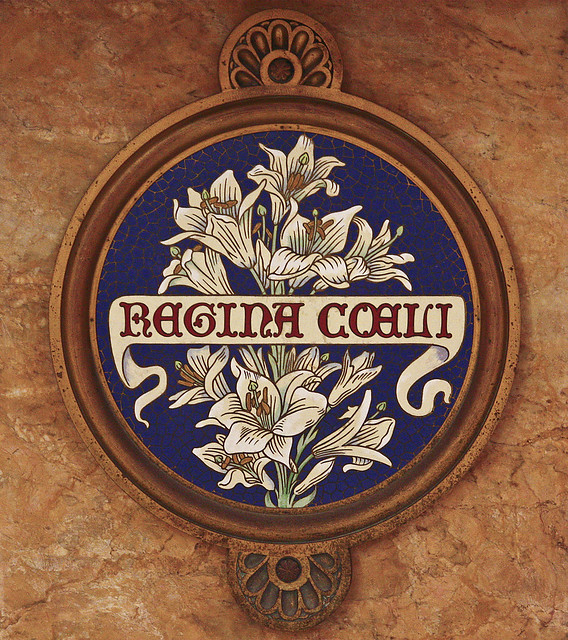
These died on her lips as her spirit fled. She was buried in the convent grounds, while nature was bursting into life around, and Easter Alleluias were lingering in the air.
We have said but little of the cures that had been drawing the attention of the Catholic world upon Lourdes from the time of the Apparitions.
These, uninterrupted in their course, were already a topic of vital interest in the scientific world.
The ten years following the Franco-German war formed a period rich in cases regarded as supernatural, for with the increased affluence of people to the Grotto, the number of cures increased in proportion.
Afterword:
Thus ends our series of extracts on St. Bernadette and Lourdes from Bernard St John. (After that point, the author proceeds with succession of a very detailed reports of further miraculous cures at Lourdes.)
In addition to this series on Lourdes, the interested reader can also find extracts from Bernard St John on Our Lady of the Miraculous Medal, as well as La Salette (in a series starting here) and Our Lady of Pontmain (in a series starting here).
To Navigate this Series:
Foreword for Monarchy by Roger Buck
Buying Books at Amazon Through These Links Gives Us a Commission. This Supports Our Apostolate. Thank You if You Can Help Us Like This!
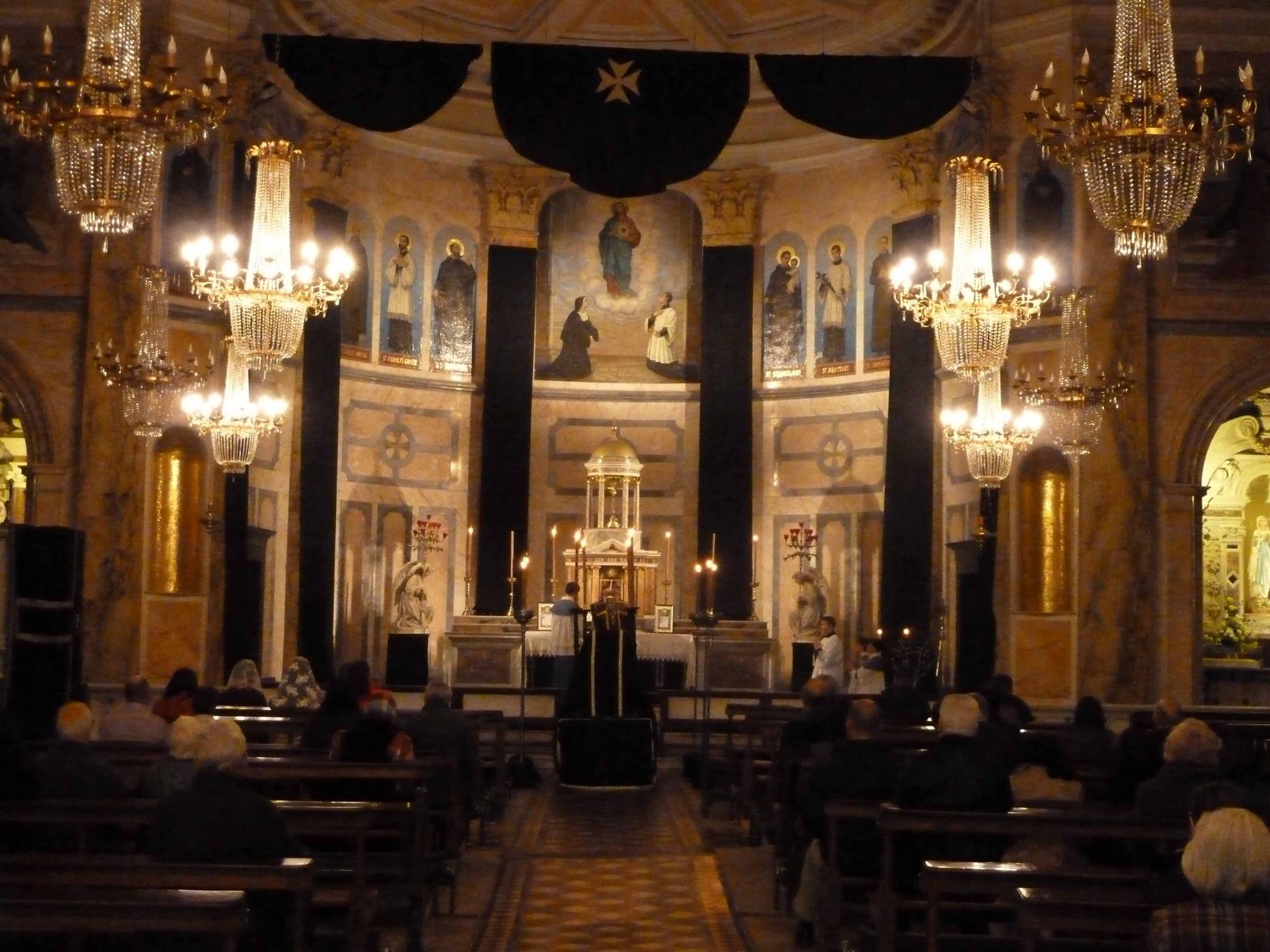

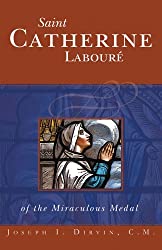
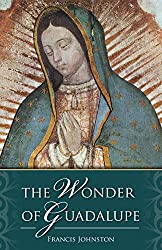
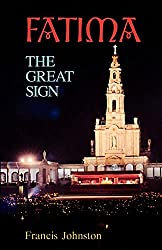
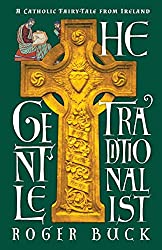
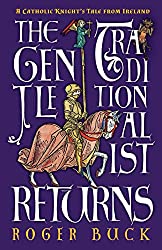
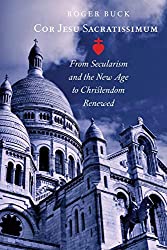

Comments
comments are currently closed
4 responses to “The Story of St. Bernadette and Lourdes—Pt. 10: The Later Years”
[…] Part X: The Later Years […]
[…] Part X: The Later Years […]
[…] Part X: The Later Years […]
[…] Part X: The Later Years […]
Thank you so much for this series! My youngest daughter, 10, has St. Bernadette and Our Lady of Lourdes for patron saints. Some happy “coincidences”… she received her First Holy Communion at our parish church we moved to only a couple of years before, called Our Lady of Lourdes. A group of us, including all my children, did Fr. Michael Gaitely’s Marian retreat, 33 Days to Morning Glory,and were consecrated to Her on that First Holy Communion day, Mothers Day! She would also want me to inform you that she has asthma, as did St. Bernadette. So wonderful! She will be happy to read this series! It was beautiful! God bless!